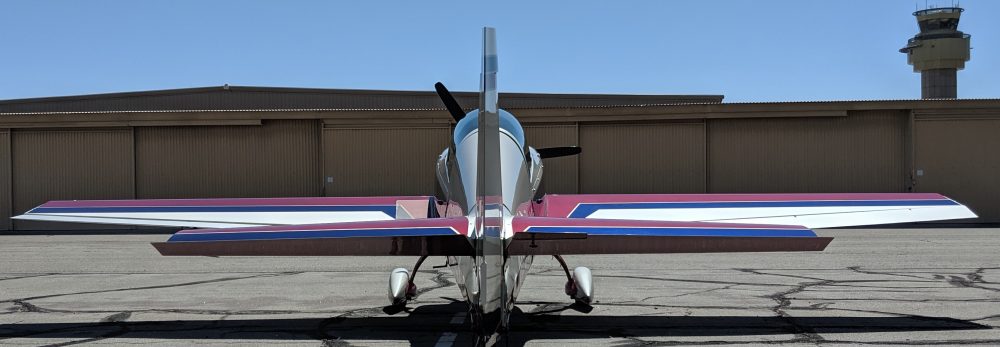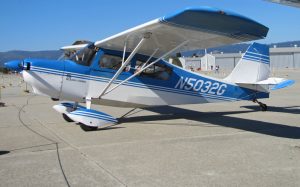While researching what has happened to some of the planes that I have flown in the past, I stumbled across this bit of news. The plane in which I learned to fly was damaged beyond repair in a landing accident. The good news is that it doesn’t appear that anyone was seriously hurt.
While I have had some close calls, knock on wood, so far my landings have not required the services of an A&P; I hope I don’t regret having written this. Now don’t get me wrong, I have had some noteworthy arrivals that have really been a testament to the durability of the Pitts landing gear. If you are too fast, you have problems. If you are too slow, especially if you are power off, you have bigger problems. If your speed is exactly right, you still have plenty of opportunity to make it go bad. And if you add in some nasty wind conditions, all bets are off.
Someone once quoted Ken Ericksen as having said: “I hate it when I have a good landing in a Pitts; that means the next 9 are all going to be bad.” I find it hard to believe that he really said it, it certainly can’t possibly apply to him, but in my case…..it is a fairly good rule of thumb. I am currently in the process of trying to refine my landings in a plane with an enormous prop and precious little clearance between the prop and the ground; but I am trying to keep my posts in chronological order and still have a lot of territory to cover before I get to real time reporting. But if anybody should happen to read this, then please wish me luck.

